Other Comments: 0 Nov 29, 2022
Podgorica is the capital of Montenegro and is therefore a meeting place for numerous travelers, entrepreneurs, and diplomats. The town, which lies on five rivers - Morača, Zeta, Ribnica, Cijevna and Sitnica, is named after the hill Gorica, which is located in the very center.
The last decades have witnessed a large increase in the number of visitors and tourists to the Capital City, and with this text we will try to consolidate most of the picnic areas and other parts and contents of the city worth visiting.
Stara Varoš and the Clock Tower
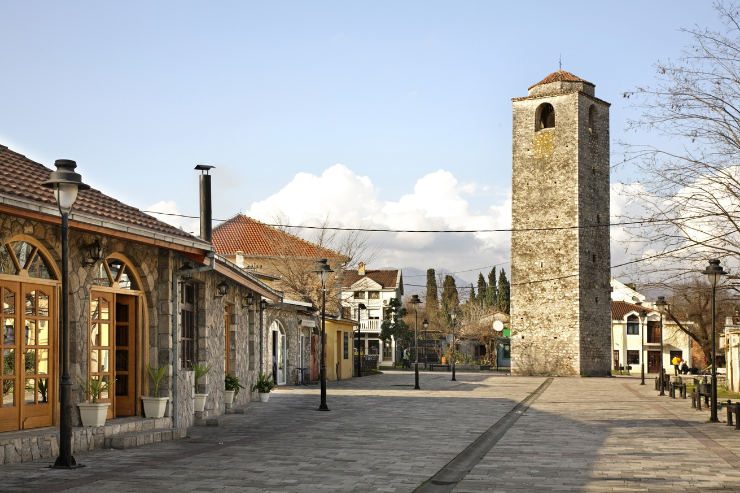
Stara Varoš, located on the left side of Ribnica, still preserves in fragments the architectural style as it was decades, even centuries ago. Narrow streets, hundreds of years old buildings, mosques from the time of the Ottomans, the Clock Tower, the courtyards, all make part of Stara Varoša.
There is almost no song about old Podgorica and Old Varoš that does not mention the Clock Tower. It is one of the few buildings that survived the German bombing of Podgorica in the Second World War and one of the rare remnants of the past in contemporary Podgorica. The 16-meter-high tower has been located on Bećirbega Square since the second half of the 17th century, when it was built by Hadji Mehmed Pasha Osmanagić.
Chardak of Krpuljević is one of the oldest houses in Podgorica. The house was renovated, preserving the architectural ensemble from the time of the Ottomans. The Skender Čauš-Old Dogan mosque, which dates back to the 15th century, has a prominent place in the settlement.
An important example of oriental architecture, which over time acquired a somewhat modified appearance, is the old hammam, later converted into a public bath, and today it is located under the newly built bridge on Ribnica.
Bridge on Ribnica
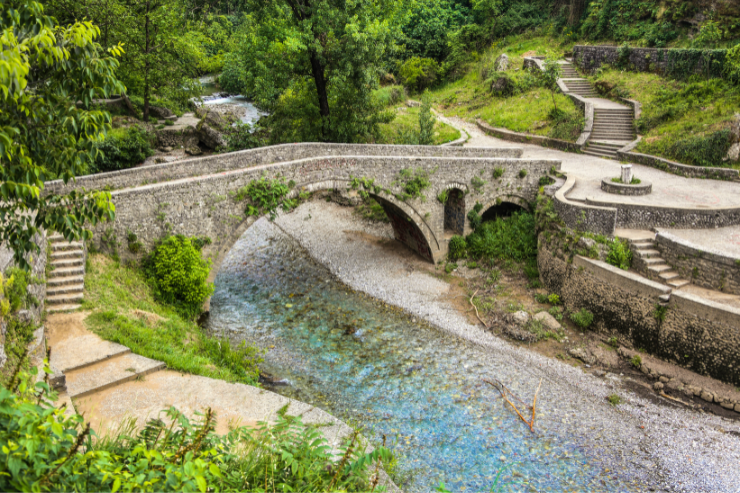
Skaline, Sastavci, Bridge on Ribnica, Ali-paša bridge, are the names of a very nice picnic area in the center of the city, the place where the river Ribnica flows into the Morača. The bridge on Ribnica is the oldest bridge in Podgorica: it originates from the Roman period, when Podgorica was called Birziminium and when the caravan route passed through it. It is believed that the bridge was destroyed in 618, during a devastating earthquake. It was restored by Adži - pasha Osmanagić at the beginning of the 18th century, so the people called it Ali - pasha's bridge.
Petrović Castle and Kruševac Park
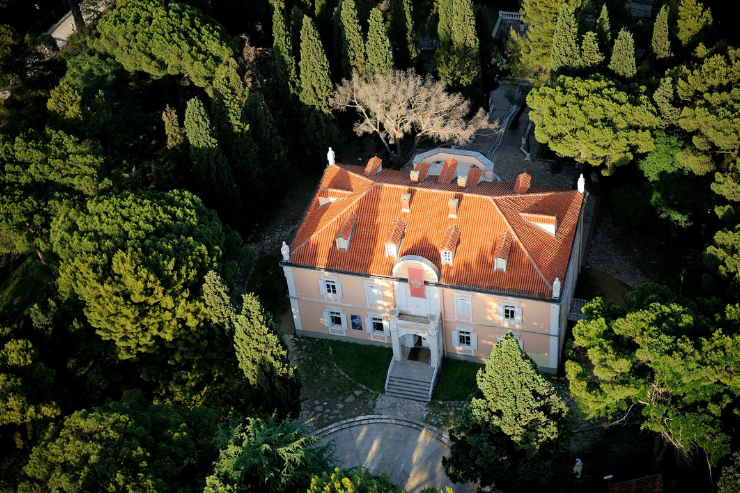
The former residence of prince Mirko Petrović Njegoš is located in Petrović Park in Kruševac. Surrounded by forest, during the summer months it serves as an artistic exhibition scene. In the park is the church of Saint Demetrius the Great Martyr.
The premises of the castle on the second floor serve the Center of Contemporary Art of Montenegro, while the first floor is given over to the Petrović-Njegoš Foundation, whose founder is Prince Nikola Petrović, a direct descendant of the family.
Hill of Gorica
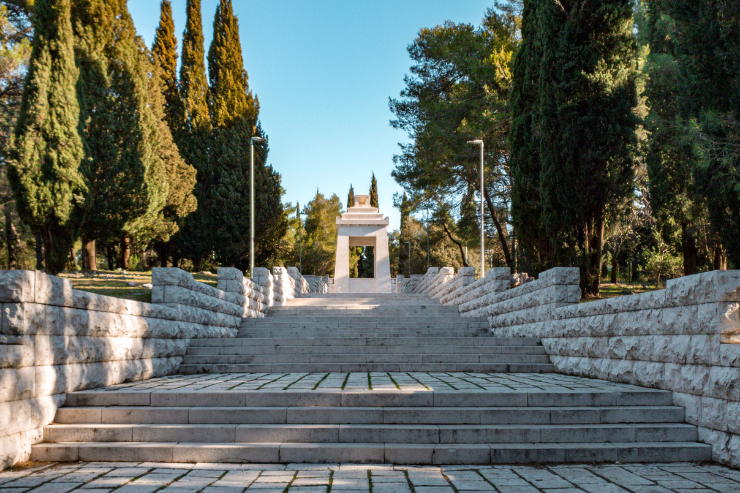
Gorica Forest Park is a green area enjoyed by recreationists, those who want to socialize, go for a walk, where clean air and the absence of noise make you forget that you are in the city.
Church of St. Djordje is located at the entrance to the park. Built between the 9th and 11th century, it gathers believers every day who attend services, celebrate weddings or family baptisms, but also people who visit it not guided by a religious motive, but attracted by the extraordinary beauty of its building. The Church of St. George is haunted by a mystery related to a secret passage near the altar. Namely, according to a story that has always tickled the imagination of visitors, there was a secret passage that led to Duklja or to the Morača coast. Speleologists, however, investigated these allegations and did not confirm them. During the stormy history of the city, the church was destroyed several times, and in the 19th century it got a relatively new look, through expansion.
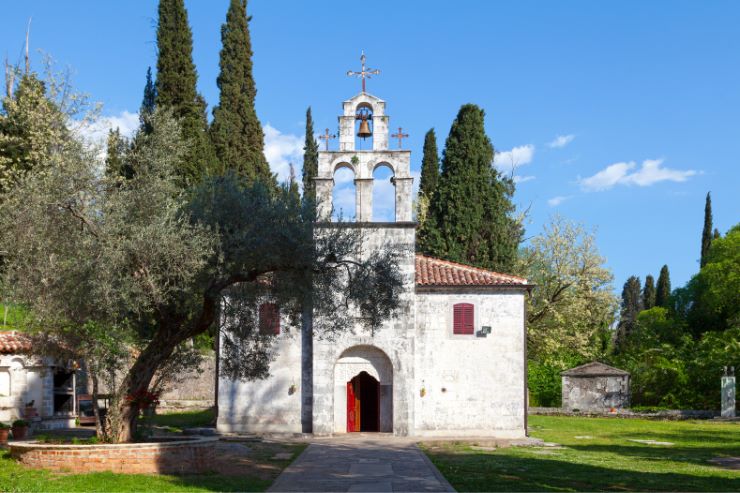
Gorica is a popular excursion destination for Podgorica residents and all visitors to the city. The pines, that are its trademark, have a beneficial effect on health. On the hill there is a mausoleum with the remains of heroes from the National Liberation War, a monument to a Partisan fighter.
The Mediterranean garden, adventure park, sports fields, cycling and walking paths are intended for visitors to the hill after which the capital of Montenegro is named.
Ljubovic hill
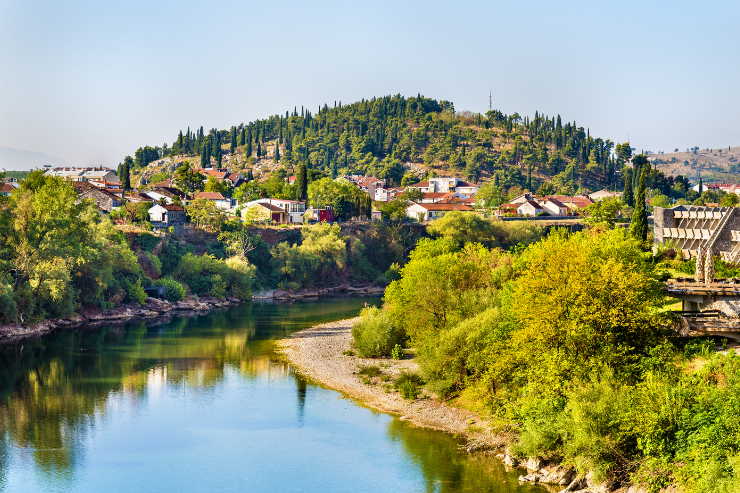
Brdo Ljubović is a hill located near the center of Podgorica. With its 101 meters above sea level, this conical limestone hill overgrown with pines and wild species of grass and medicinal plants is still a less visited Podgorica picnic spot compared to the Gorica Forest Park.
On the western, southern and eastern sides, Ljubović is surrounded by the settlement Zabjelo, and on the north by the settlement Stara Varoš. The people of Podgorica reforested Ljubović, as well as Gorica, during the second half of the last century. The picnic area has pedestrian and bicycle paths and green areas. It is attractive to visitors throughout the year.
Dajbabe hill
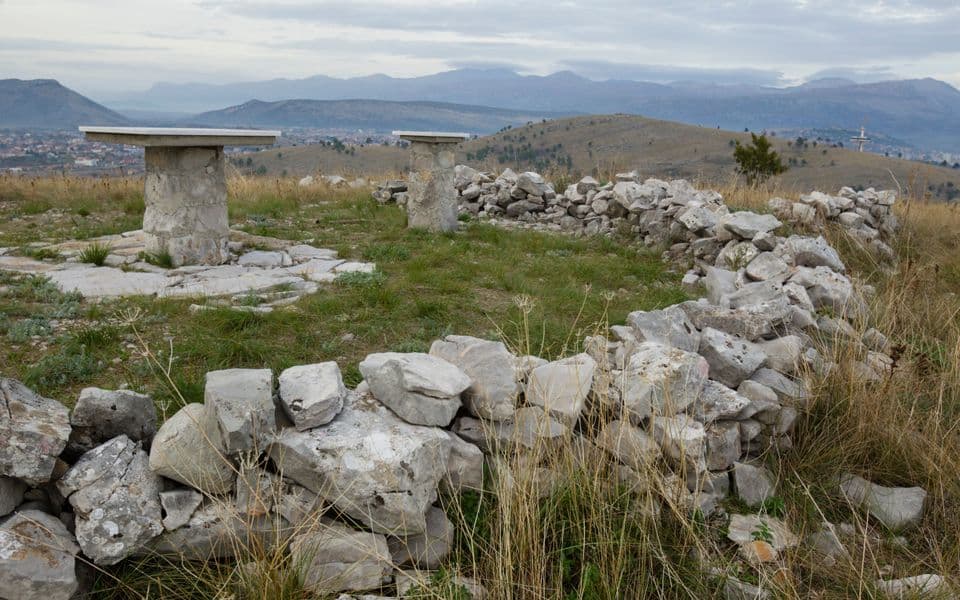
Dajbabska gora (Dajbabe hill) is a hill above the suburbs of Podgorica, Zelenika, Zabjelo, Gornje and Donje Dajbabe and is an excellent vantage point for Podgorica and its surroundings. A well-maintained footpath leads to the top of the hill, which is easy to follow The most favorable periods for climbing are during spring, autumn and winter. At the end of the path, at a height of 172 m above sea level, there is the Communications Tower.
Waterfalls on Cijevna
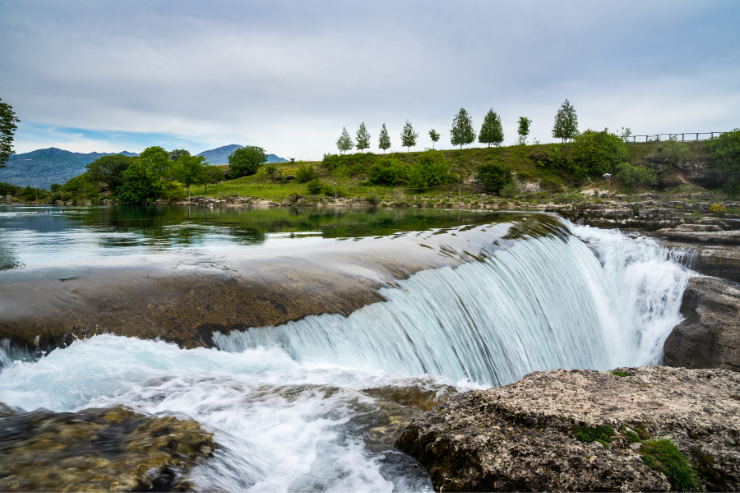
On the fourth kilometer of the road from Podgorica towards Tuzi, there are the waterfalls of the river Cijevna, one of the city's most visited picnic spots. Although incomparably smaller, the local population called the falls "Niagara", symbolically referring to the famous North American ones.
Cijevna is a left tributary of the Morača, a river with extremely clear water, a beautiful canyon that is considered one of the largest botanical sites in Europe. Along the river there are numerous larger and smaller, hidden sandy beaches, but also whirlpools. The waterfalls are ten meters high and have a large amount of water. However, during the end of July or at the beginning of August, the river dries up in many places, and the waterfalls remain without water.
The waterfalls on Cijevna were built about 150 years ago, with the intention of serving to start mills for grinding grain. They were built with the hard work of the local population, as many as three times, because they were mercilessly demolished by the force of the river's flow. Legend has it that after the third construction, an old woman appeared and told the builders to put sheep's wool between the stones they were laying. As they listened to the advice, the waterfalls have survived to this day, so even though the mills are no longer there, they are a place that the people of Podgorica and many tourists regularly visit. Cijevna Canyon, which leads to Niagara Falls, is a place that is popular with rafting, canoeing, kayaking, mountaineering and sport fishing enthusiasts. Next to the beach, near the waterfall, there is a restaurant that serves traditional dishes.
Medun and Duklja
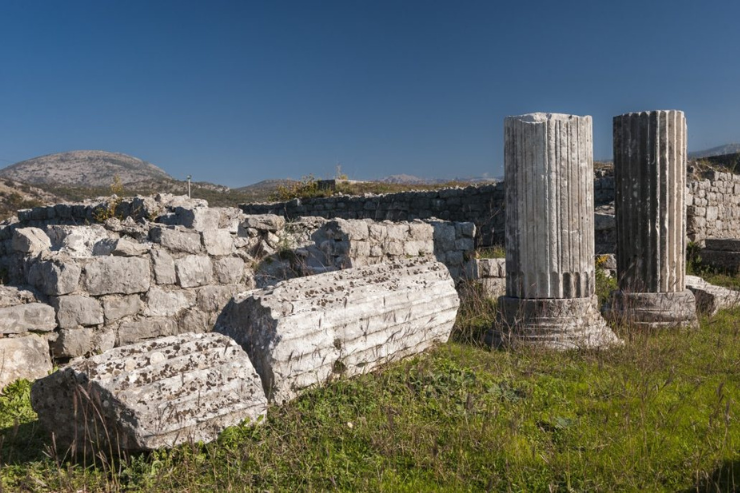
The remains of ancient Podgorica, Duklja and Medun are located ten kilometers away from the city center.
Duklja is closer - three kilometers to the northeast, built on a flat plateau at the mouth of the Zeta River in Morača.
Dukla was founded by the Romans in the first century AD, and existed until the second half of the 12th century. With 20,000 inhabitants, it was an important cultural, financial, political and commercial center, with an organized water supply system, sewage system and streets. Today, Duklja is an important historical place and archaeological site, as evidenced by the numerous finds of archaeologists. Expansive meadows, not far from the Morača river bank, gather excursionists of all generations.
On Medun, 13 kilometers from the center of Podgorica, there are the remains of the Illyrian city of Meteon, the church of St. Nicholas and the birthplace of the Montenegrin duke, hero and writer Marko Miljanov.
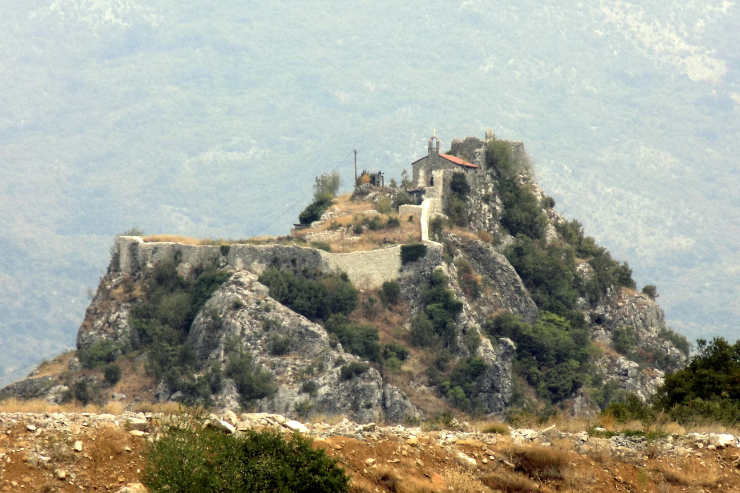
Meteon was founded at the end of the 4th century BC and was one of the centers of the Illyrian tribe Labeata, which ruled the entire Skadar basin. The remains of the town of Meduna, with preserved towers and ramparts, mostly belong to the medieval Turkish fortification.
From the elevation where Medun is located, there is a beautiful view of Podgorica. The area of Kuči is also attractive because of the first fully marked panoramic road in Montenegro, "Circle around the trough", which can be driven by car or bicycle. The route starts in Podgorica and leads to the mountain area of Kuči, to the very cliff of the marvelous Cijevna canyon. Trough of Kuli are 33 kilometers from the city, and are located at 1,400 meters above sea level. Pedences of Kuči are challenging for cyclists, and the reward is an exceptional view of Lake Skadar, Lovćen and the surrounding mountains.
As an agency whose activity is the online sale of bus tickets, we offer you direct departures to Podgorica from the following cities:
Belgrade - Podgorica: https://busticket4.me/EN/1213-1121-132-0-0/0-1/Beograd-Podgorica/
Niš – Podgorica: https://busticket4.me/EN/1243-1121-132-0-0/0-1/Nis-Podgorica/
Novi Sad – Podgorica: https://busticket4.me/EN/1214-1121-132-0-0/0-1/Novi_Sad-Podgorica/
Sarajevo – Podgorica: https://busticket4.me/EN/1309-1121-132-0-0/0-1/Sarajevo-Podgorica/
Dubrovnik – Podgorica: https://busticket4.me/EN/1346-1121-132-0-0/0-1/Dubrovnik_-Podgorica/
Split – Podgorica: https://busticket4.me/EN/1349-1121-132-0-0/0-1/Split-Podgorica/
Skopje – Podgorica: https://busticket4.me/EN/1357-1121-132-0-0/0-1/Skoplje-Podgorica/
Tirana – Podgorica: https://busticket4.me/EN/1754-1121-132-0-0/0-1/Tirana-Podgorica/


 RS
RS  ME
ME  HR
HR  BA
BA  RU
RU  MK
MK  AL
AL  ES
ES  DE
DE  IT
IT  CN
CN  NL
NL  SE
SE  FR
FR 

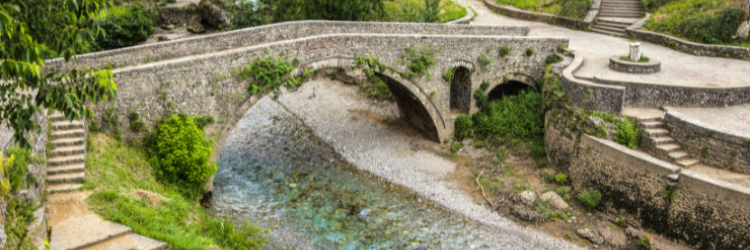




Write a comment